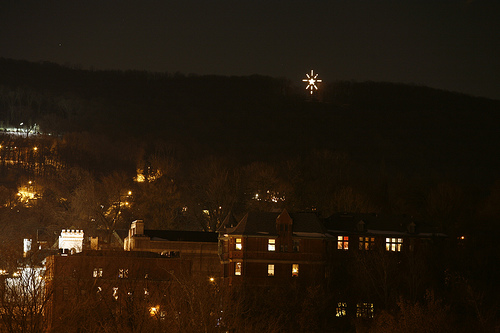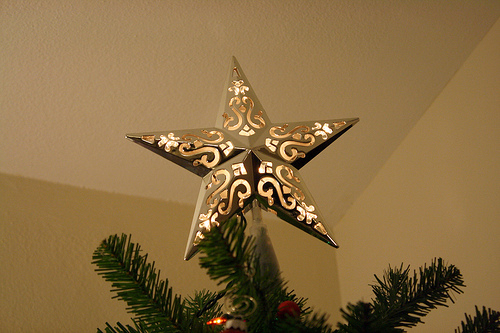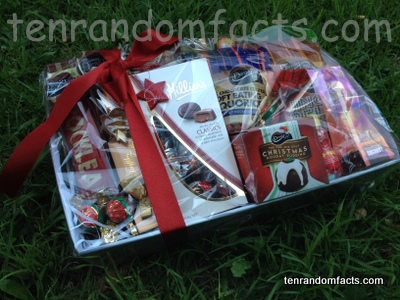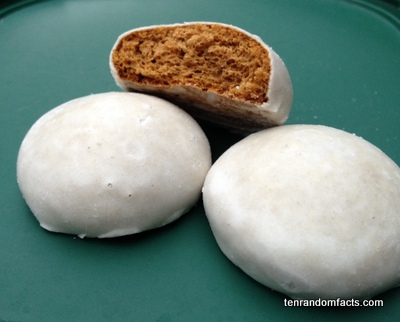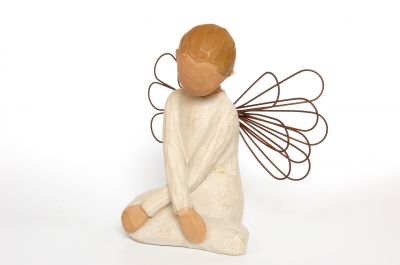
These facts are like angels… they are shining.
- Angels are said to be God’s messengers, and are often portrayed during the Christmas season.
- Angels are typically depicted as humans with wings, and shine brightly.
- Angels became popular starting from between 12th and 13th century, when Thomas Aquinas started teaching about them.
- Angels are popular known as the bringers of the knowledge of the birth of Jesus Christ, particularly to Mary, Joseph and the shepherds.
- Angels are popularly used as Christmas decorations, particularly as Christmas tree toppers.
Angel Figurine
Image courtesy of Daniel St.Pierre/ Free Digital Photos
- The New Testament of the Bible states that angels rejoice when one is remorseful for one’s own sin, and asks for God’s forgiveness.
- The word ‘angel’, is from the Greek word ‘angelos’, meaning ‘messenger’.
- It is believed that every single person has there own protective angel, who cares for the person.
- Some people have worshipped angels, and throughout history there have been various opinions about this practice.
- Christmas angels often symbolise goodness or joyfulness.
Bibliography:
Christmas Angels, 2012, Christmas World, http://www.worldofchristmas.net/christmas-angels.html
History of Angels, n.d, Angels: An Online Resource, http://www.cyodine.com/angels/History.htm





